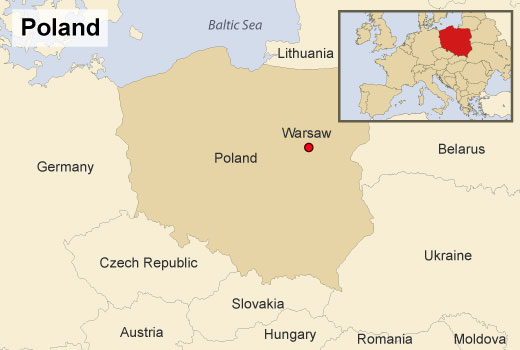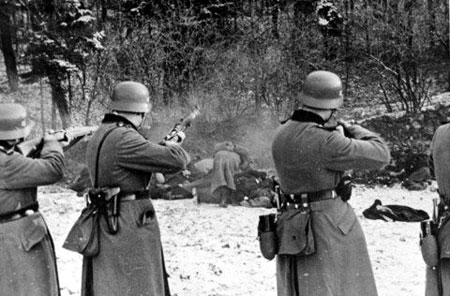Persecution in Germany (Continued)
Due to the growing persecution of Jews in Germany, many sought refuge in the other parts of the world; thus, a mass exodus out of the country began in 1933 and lasted until 1937. In July 1938, President Franklin Roosevelt called for a conference in France to discuss the Jewish refugees. However, no real solution was found.

With the invasion and collapse of Poland by German forces in 1939, over one million Jews found themselves under Hitler’s control. The government’s plan in dealing with the Jews was to confine them in ghettos sealed with barbed wire and high walls. The sealed off sections eventually led to sanitary issues giving rise to disease and illness. This was one method used by the Germans to rid themselves of the Jews.
Another method of elimination was with special units known as Einsatzgruppen, or mobile killing units. The Einsatzgruppen murdered members of Poland’s elite. As more nations and lands fell under the Nazi terror, the Einsatzgruppen spread death and destruction wherever the Nazi swastika waved.

Such brutal incidents were only the beginning for the Nazi regime. In January 1942, German leaders attended the Wannsee Conference just outside of Berlin to discuss a final strategy against the Jews. The solution they devised called for the establishment of concentration camps within the rural areas of Germany.
